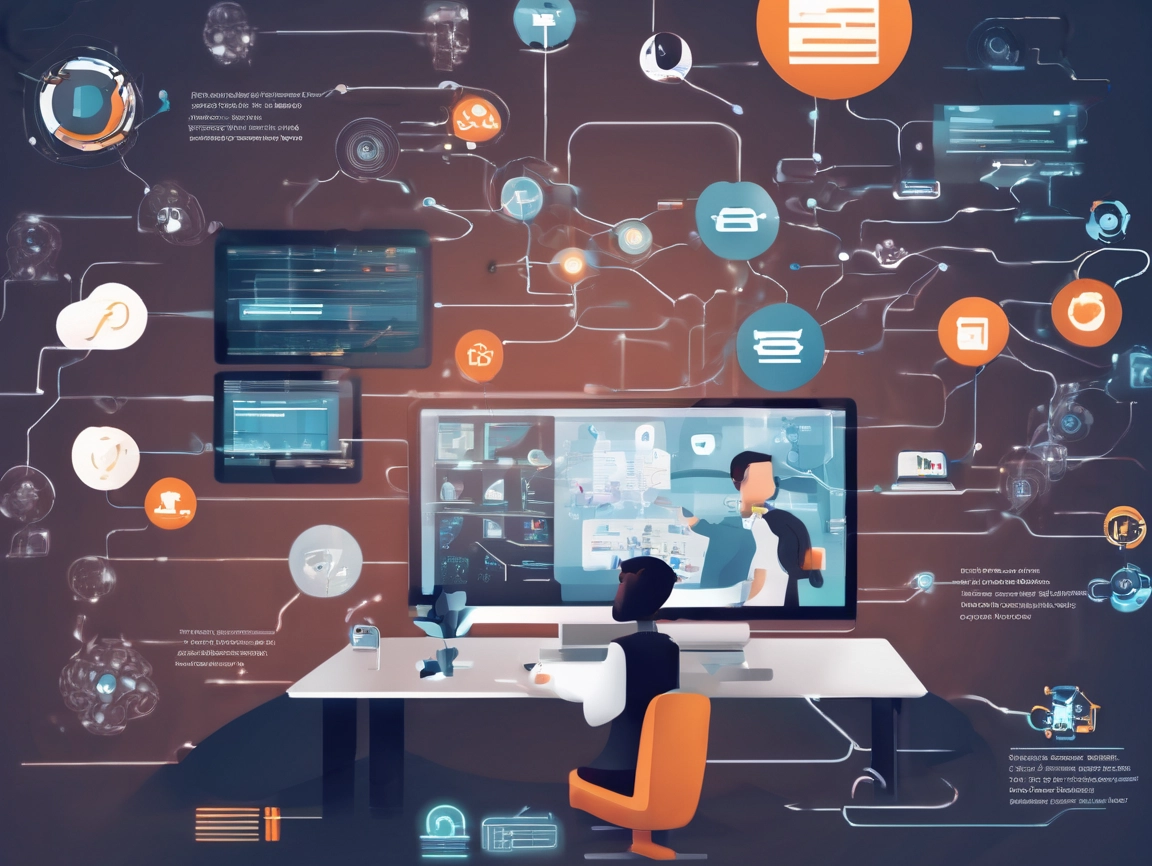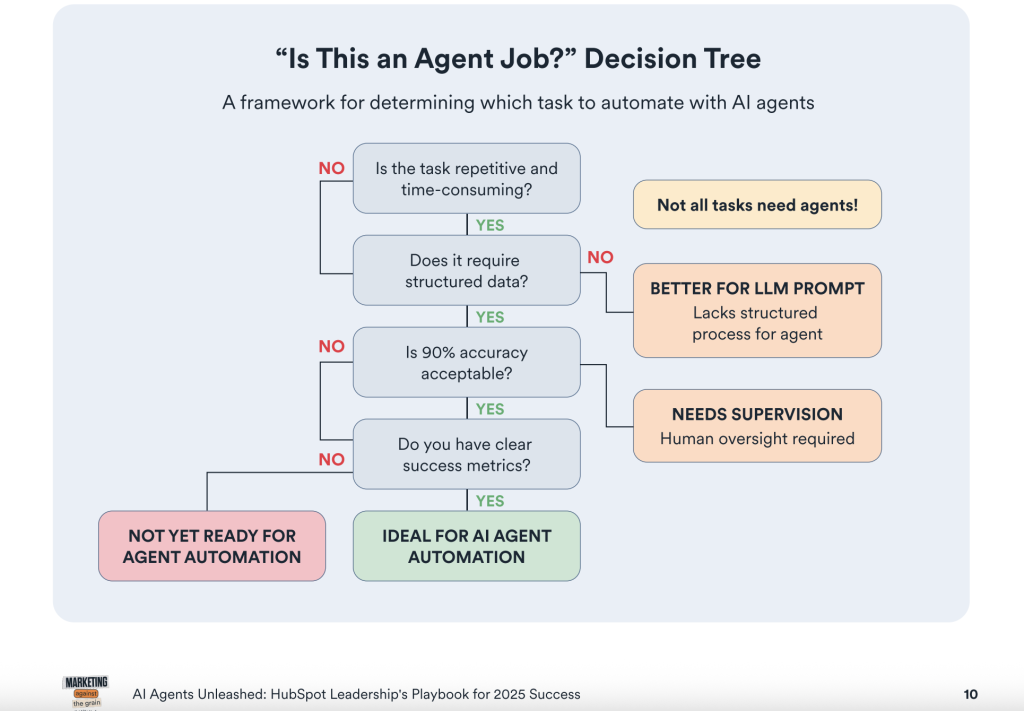generative AI to automate workflows

The democratization of generative AI
Since 2023, generative AI (GenAI) has moved beyond the lab to become an everyday tool. Startups, SMEs, associations, public institutions: everyone can now use platforms like ChatGPT, Claude, Gemini, Mistral Or Llama to automate repetitive tasks, generate content, analyze data, or even create application prototypes.
Thanks to solutions off the shelf (Zapier AI Actions, Make, Power Automate, Notion AI, HubSpot AI, GitHub Copilot), it is now possible to quickly set up automated workflows without writing a single line of code.
Agents and workflow automation
The next step after prompt engineering is that of AI agentsThese “intelligent agents” orchestrate several actions: querying an API, enriching a database, sending emails, triggering SaaS integrations. Frameworks like LangChain, LlamaIndex, CrewAI or AutoGen allow the design of agents capable of acting in a complex environment.
These tools make automation easier, but they quickly reach their boundaries : security, scalability, API cost, business customization. This is where the technical reinforcement.

Decision tree for assessing the opportunity and means of implementing Generative AI agents
(C) Hubspot 2005
When is a technical profile required?
A CTO, data engineer or IT architect profile becomes essential when:
- AI must integrate into the existing information system (ERP, CRM, legacy databases);
- you have to choose between a hosted model (SaaS) or a self-hosted model (server / serverless);
- we must optimize the security, GDPR and compliance (AI Act, GDPR);
- the technical stack requires custom code (Python, Node.js, Java, C++, Go).
In other words: low-code tools are sufficient for quick tests, and of course we advise you to achieve these quick-winds yourself, but scaling up, or certain fine-grained actions, require software design, of the Robust APIs, of the cloud infrastructure management and of thecontinuous integration.
Key Technologies for AI Integration
For organizations that want to industrialize their AI adoption, several technological building blocks come into play:
- Data science and ML languages : Python, R, Julia, Scala.
- AI / LLM Frameworks : PyTorch, TensorFlow, Hugging Face, LangChain, vLLM.
- Orchestration & serverless : AWS Lambda, GCP Cloud Functions, Azure Functions, Kubernetes.
- Databases & vector stores : PostgreSQL, MongoDB, ElasticSearch, Pinecone, Milvus, Weaviate.
- Analytical tools : Pandas, Apache Spark, dbt, Power BI, Looker, Tableau.
- APIs & SaaS integrations : REST, GraphQL, gRPC, Zapier, Make, n8n.
- Infrastructure and DevOps : Docker, Terraform, CI/CD GitHub Actions, GitLab CI.
IT modernization without breaking the existing system
A crucial issue is the progressive modernizationToo many organizations fear “breaking the existing system.” The right approach: cohabitation. Set up API connectors, test in sandbox or in serverless environments, then gradually migrate some legacy bricks to modern stacks. Or redo everything if it makes more sense and your operation allows it!
Conclusion
THE AI reinforcement & IT modernization is not a luxury, it is a strategic necessity for any organization. Low-code tools and AI agents allow a quick first step. But for scale, secure and integrate To really use AI in a startup, an SME, an association or an institution, you need a technical expertise able to master the entire stack: data science, cloud, DevOps, legacy integration and regulatory compliance.



